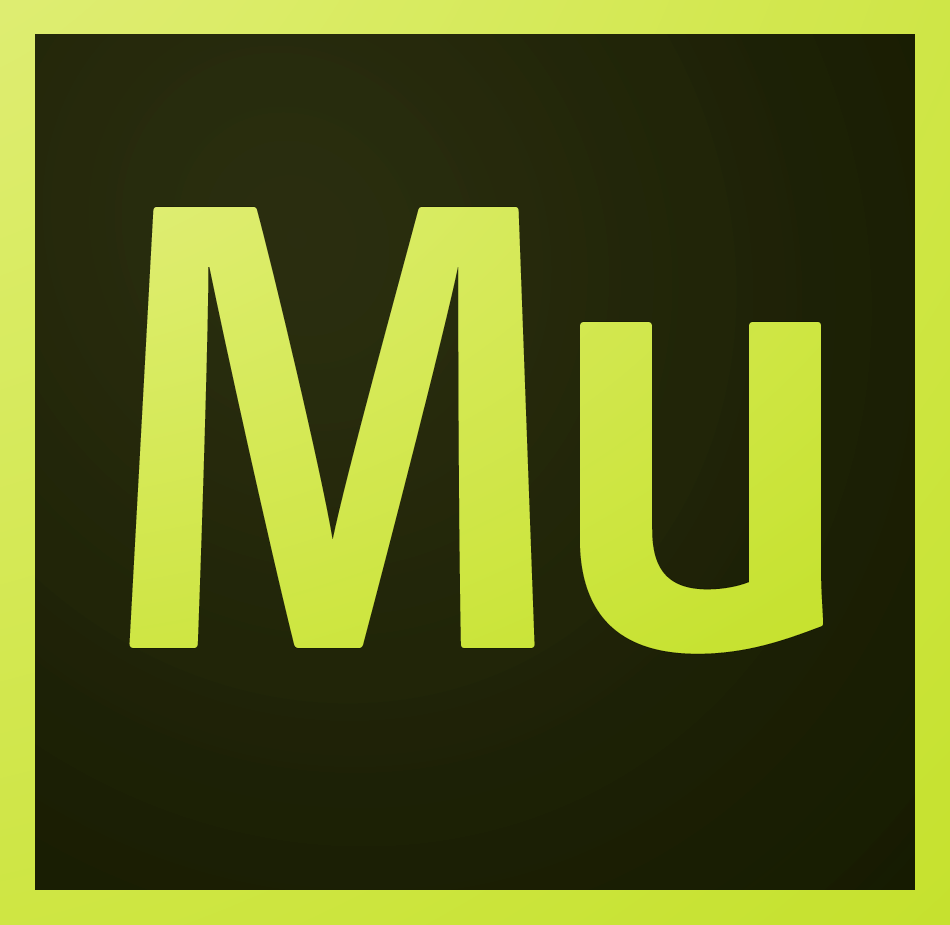coursera
Businessmodel of Coursera
Customer Segments
Coursera provides services to two distinct customer segments: end-users wishing to take an online learning course and educational institutions wishing to share course content with a greater audience. Both segments have access to these services free of charge.
Value Propositions
For both its end-users and educational partners, Coursera’s most obvious value propositions are that its services are available online and at no cost. This allows for convenient access to high-level educational programs which to many consumers may otherwise be unaffordable or inaccessible.
Its presence online also means that universities and institutions are able to reach a greater number of consumers more easily, furthering their individual brand identities.
Customer Relationships
Taking a course on the Coursera platform typically requires little direct interaction between the Company and its end-users. Students are however offered support in their learning through customer services and free access to Learning Hubs, which offer internet access and a chance to interact with other learners in person, free of charge.
With regard to its content providers, Coursera also holds annual partner conferences, at which representatives discuss innovations and problems in the online education sector.
Channels
Coursera’s platform can be accessed either through its desktop website www.coursera.org or via its App Store and Google Play apps.
Key Activities
Coursera provides global access to educational and vocational online courses from top-level universities and educational institutions. It does not itself design these courses, merely serving as a platform for universities across the world to offer their own learning programs to a broader audience.
The platform currently has 1,826 courses available to prospective students. Initially these programs were concerned principally with computer and data sciences, mathematics and engineering; however, the Company has since expanded to include arts and humanities, business studies and language learning programs, among others.
The majority of Coursera students are from overseas, the platforms principal international markets being China and India.
Key Partners
Coursera’s principal partners comprise top-level universities, schools and educational organisations. It currently purports to have 141 of these partners across 28 countries, including high-profile ivy-league institutions such as Princeton, Yale and Brown. Other notable organisations that are counted among Coursera’s program providers are the National Geographic Society, World Bank Group and the American Museum of Natural History.
More recently, Coursera has partnered with a number of established technology companies and financial firms to provide classes. Tech companies have also been approached to create and judge capstone projects – practical specialisation assignments that students must complete before graduating from certain Coursera programs. These partners include big name brands like Google and Swiftkey, both of which have already played an active role in assessing the Company’s Mobile Cloud Computing and Data Science courses.
Coursera has also partnered with the US Department of State to provide free learning hubs across the world.
Key Resources
As an online platform, Coursera does not depend on physical resources in the same way that traditional educational institutions do. Instead, its key resources are its personnel, its technology platform and the content provided by its educational partners.
Coursera also has one patent pending with the US Patent and Trademark Office, which concerns technology that aims to verify the identities of online learners.
Cost Structure
Coursera incurs variable costs in the form of assessments, certifications and the running of Learning Hubs, as well as the kind of fixed costs that would be expected to be incurred by any business, including salaries, utilities and platform maintenance. Research suggests that personnel costs account typically for the majority of costs incurred by MOOC providers such as Coursera.
Revenue Streams
As Coursera does not charge its partners or end-users for the services it provides and claims no intellectual property rights to the content hosted on its platform, the Company has been forced to explore alternative ways of extracting value. At first, the Company generated a small amount of revenue through Amazon affiliate referral linking with regard to course materials, before introducing Career Services in 2013, an opt-in recruiting program that enabled users to find job opportunities relevant to their learning. This latter service, however, has been discontinued.
Coursera has since pursued a freemium model, under which courses remain free but student are offered the option of joining the Signature track, which charges on a per class basis in return for formal recognition of course completion in the form of a certificate. Reports state that within six months more than 10,000 users had chosen to join the Signature Track, bringing in around $500,000 worth of revenue. Users can also enrol in paid-for Specializations that grant access to multiple courses on the same subject and also include certification.
In its contracts with content providers, Coursera promises 6-15% revenue-sharing per course and 20% of gross profits on aggregate sets of courses. Media reports have suggested that these contracts hint at alternative value capture strategies, including corporate sponsorship, tutoring services, further certifications, recruiting and tuition fees.
